LED lighting has become the go-to choice for many due to its energy efficiency and long lifespan. However, even this advanced technology can encounter some issues. While the benefits are undeniable, occasional flickers, harsh brightness, or compatibility issues can leave you scratching your head.
This article explains about the most common problems with LED lights you might face and provides solutions to get your lights shining brightly again.
Outline
Toggle- Most Common Problems With LED Lighting
- 1. LED Light Flickering
- 2. LED Buzzing or Humming Noise
- 3. Too Bright light
- 4. LED Light Very Dim
- 5. LED Light Stopped Working
- 6. LED Flashes on and then Goes off
- 7. LED Dimming Does not work
- 8. LED Strip Showing the Wrong Color
- 9. Recessed LED Light Turns Off after a few Seconds
- 10. Random Turn Off LED Recessed Light
- 11. LED Light Attracts Bugs
- 12. LED Light Overheating
- 13. LED Light Burning Out
- 14. Wrong LED Beam Angle
- 15. Blue Light Pollution of LED
- 16. Using LED Light in an Incandescent Light Fixture
- 17. Using LED Light at an Extra High Current/Wattage
- 18. Low Color Rendering Index
- 19. Wrong LED Driver
- 20. Corn Bulb Protrudes Out of the Lampshade
- How To Tell When Led Bulbs Are Bad?
- Conclusion
- FAQs: Common LED Bulb Problems
Most Common Problems With LED Lighting
Watch This Video To understand About LED Lights Problems:
Here are the common problems with the LED lights along with troubleshooting tips:
1. LED Light Flickering
One of the most common and frequent LED light problems is flickering. In this case, the LED bulbs flickers, sometimes continuously, while sometimes, it happens randomly. The most common reasons behind this are poor capacitors or low wattage.
Sometimes, LEDs are connected with devices like washing machines, dryers, etc., which take up maximum wattage. And this leaves the LED with inadequate wattage leading to flickering. Troubleshooting led lights Flickering issue, you need to check the socket. If the socket is okay, you can replace the bulb or vice versa.
If you want to know in detail about this issue, read here: LED Light Flickering Issue
2. LED Buzzing or Humming Noise
Buzzing sound is another common issue with the LED Lighting. It’s usually because of overload in the circuit. If your LED bulb is receiving slightly higher voltage, it’ll produce a humming sound instead of blowing off. When the voltage rises, the electronic parts vibrate, causing the fuming sound.
The best solution is to compare the voltage that runs through your socket with what your bulb or lamp accepts. It’ll most probably solve the problem.
3. Too Bright light
 Sometimes LEDs become too bright for your liking. And it can be due to two reasons which leads to LED light not working. The first one is that that the bulb is getting more wattage than required. Secondly, it can happen because you might have got a Kelvin temperature bulb, which can sometimes be too bright.
Sometimes LEDs become too bright for your liking. And it can be due to two reasons which leads to LED light not working. The first one is that that the bulb is getting more wattage than required. Secondly, it can happen because you might have got a Kelvin temperature bulb, which can sometimes be too bright.
If your bulb is dimmable, install a switch to control this feature. Or use a fixture that can prevent extra light from reaching your eyes.
4. LED Light Very Dim
A dim LED can be quite irritating. It usually happens either when the LED gets too old or when it’s poorly designed. LEDs have a life span, so before dying out completely, it’s normal to lose brightness. In such a case, you should replace the LED with a new one.
5. LED Light Stopped Working
Sometimes the LEDs stop working altogether. This usually happens because of a short circuit or when the LED has become too old. You can get it checked by an electrician or simply replace it with a new one.
6. LED Flashes on and then Goes off
It happens due to faulty fixture drivers. Sometimes, the voltage supplied to the LED is more than what it requires. And this makes the LED flash and then go off. If you face this issue, it’s better to call a technician.
7. LED Dimming Does not work
There can be several reasons behind this happening. Your bulb may not be dimmable. Or the fixture isn’t meant for dimmable LED bulbs. You can get it checked by an electrician and diagnose the problem. You can buy a new bulb if it wasn’t dimmable or can replace the fixture.
8. LED Strip Showing the Wrong Color
RGB LED strips are meant to show different colors. But if you notice the wrong colors, it’s a problem. It happens as there might be a wrong wire connection. Or there is a fault in the LED controller. However, you can check the wiring and replace it if there’s no fault in the wires.
9. Recessed LED Light Turns Off after a few Seconds
When too much heat builds up, the LED can shut down. It happens when you install LEDs in the recessed light nooks, which are not well spaced for LEDs. In such cases, you can install a new holder socket for your LED.
10. Random Turn Off LED Recessed Light
A recessed fixture is not well designed to allow the free movement of air. And if you install an LED in the place, this problem can occur. It’s because LED needs air to keep itself cool. When that doesn’t happen, LED light heats up and turns off.
11. LED Light Attracts Bugs
Insects/Bugs are only attracted to certain kinds of wavelengths. But it can happen with LEDs if the Kelvin favors them. Anything above or below this range 2000K-5500K can attract insects. So, make sure that you buy LEDs lying in the above range.
12. LED Light Overheating
Problem with led lights happens when you install LEDs in old fixtures meant for recessed lights. Such fixtures are congested and don’t allow air to pass, which can cause this issue. You can upgrade to IC-rated recessed Lighting. It offers better air circulation, which will prevent overheating of LEDs.
13. LED Light Burning Out
Poor quality LEDs with no warranty usually cause problems with LED light bulbs. And the solution is simple, and you can replace the LED with a branded one from a reputable brand with a warranty.
14. Wrong LED Beam Angle
Different LEDs are meant for different purposes and come with a Beam Angle. If you want to use LEDs as a floodlight and face the wrong Beam Angle, you might have bought the wrong type of LEDs. In this case, replacing is the best decision.
15. Blue Light Pollution of LED
LEDs with higher Kelvin levels are brighter and have higher levels of blue light. You should choose a light with a warmer spectrum or has a lower rating on the Kelvin chart in such cases. It will have less blue light, which won’t disturb your eyes.
16. Using LED Light in an Incandescent Light Fixture
Most of the time, LEDs function well in incandescent light fixtures. But due to limited air supply, the LEDs can heat up and turn off. Also, the dimming feature might not function when an LED is installed in an incompatible fixture. In such cases, you should replace the fixture with a compatible one.
17. Using LED Light at an Extra High Current/Wattage
Incandescent lights become more or less bright with wattage. But this doesn’t happen with LEDs. In an LED, what matters is the Lumen. So, when you’re buying an LED with the same wattage as the fixture, it might not work. So, convert the wattage into lumens and choose the one with the right lumen rating.
18. Low Color Rendering Index
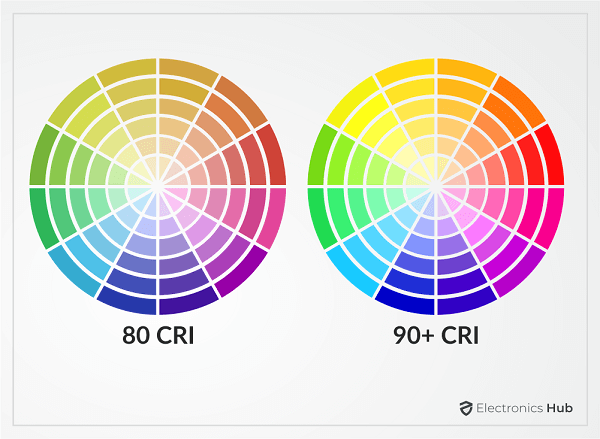 If the CRI is lower, whatever you see in the Lighting will be less bright or less clear. It is similar to photography. Although 80 CRI is good, you can buy a LED with a 90+ CRI rating for brighter and more saturated light.
If the CRI is lower, whatever you see in the Lighting will be less bright or less clear. It is similar to photography. Although 80 CRI is good, you can buy a LED with a 90+ CRI rating for brighter and more saturated light.
19. Wrong LED Driver
Every LED light comes with drivers, which is responsible for supplying the power and run successfully. However, if the LED is incompatible with the driver, you can face problems like the LED turning off due to overheating, burning of LED Driver. In such cases, you should compare the drivers and buy a compatible one.
20. Corn Bulb Protrudes Out of the Lampshade
 Corn bulbs come in different shapes and sizes. Sometimes, they are too long or large to fit in the fixtures, which can cause them to protrude out. This can reduce the lifespan and can also make it look absurd. So, buy a bulb that’s compatible with your lamp.
Corn bulbs come in different shapes and sizes. Sometimes, they are too long or large to fit in the fixtures, which can cause them to protrude out. This can reduce the lifespan and can also make it look absurd. So, buy a bulb that’s compatible with your lamp.
How To Tell When Led Bulbs Are Bad?
Here are some signs that your LED bulbs are going bad:
- The bulb appears noticeably dimmer than before, or the light output fluctuates.
- Colors appear dull or inaccurate compared to how they look in natural light.
- Light flickers or stutters erratically.
- Bulb emits a faint or high-pitched buzzing sound.
- LED bulb doesn’t turn on at all, even when screwed in properly and with power supplied.
- Light turns on briefly then shuts off immediately upon turning the switch on/off.
- Certain low-quality LEDs might attract more insects compared to traditional bulbs.
Also Read:
- How To Fix Radio Interference From LED Lights?
- Best Wireless LED Lights
- How To Connect LED Lights Together?
- Can you Reuse LED Lights
Conclusion
Here ends our list of common LED-related issues that you might encounter. We have tried to cover almost every issue out there. The best solution is to contact the retailer or a technician if you face some other problem.
However, if you want to avoid the above problems, you should choose a branded LED with the correct wattage, size, and drivers. This will ensure longer and problem-free usage.
FAQs: Common LED Bulb Problems
Q: Why My LED light stays on for a few seconds after I turn it off?
A: This faint glow might be caused by leakage current or a dimmer switch not fully compatible with LEDs.
Q: My LED light has power but won’t turn on. What’s wrong?
A: The culprit could be a faulty LED bulb, a bad connection, or a driver issue (in some fixtures). Check the bulb and connections first.
Q: My car LED light turns off after a few seconds. Is it broken?
A: Some car LED lights have daytime running light (DRL) features that automatically turn off after a short period. Consult your car manual.
Q: Why My LED headlights cause electrical problems in my car?
A: Some LED headlight conversions might not be compatible with your car’s electrical system. Consult a qualified mechanic for proper installation.
Q: My integrated LED light fixture isn’t working. Can I fix it?
A: Unfortunately, integrated LED fixtures often require replacing the entire unit if the LEDs themselves are faulty. Consider a warranty claim or professional help.

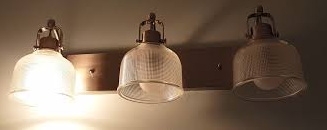
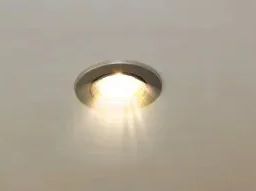


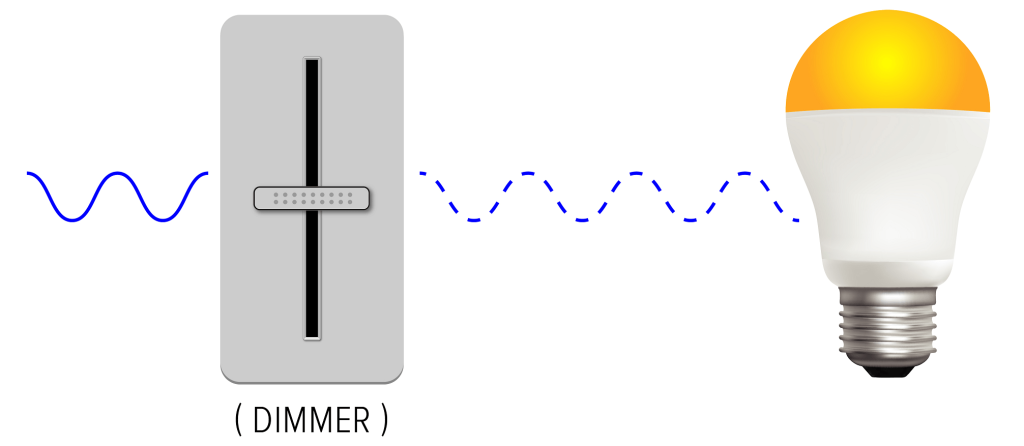
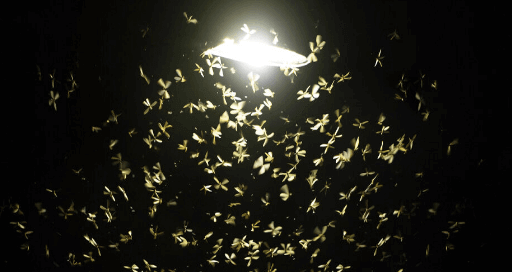

4 Responses
I have led lights in my kitchen and when I shut them off at night they stay glowing. what can I do?
When I turn my led chandeliers on they are bright, when I turn them off and then I turn them on again they are amber.Can you tell me why this happens. Thank You!
This blog provides a thorough overview of common issues associated with LED lighting, offering practical solutions for each problem. It’s a helpful guide for anyone using or considering LED lights, emphasizing the importance of choosing the right specifications to avoid complications. Great resource for troubleshooting LED-related issues!
Neighbors Garage LEDs are tearing up my radio. What to do to fix the problem